Nanyang researchers take group II-VI semiconductor cadmium sulfide from 20 to -20 degrees C in major breakthrough.
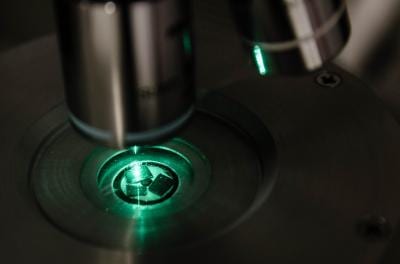

Nanyang researchers take group II-VI semiconductor cadmium sulfide from 20 to -20 degrees C in major breakthrough.
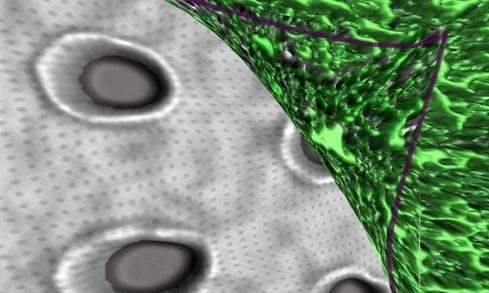
Duke University engineers have developed a material that can be applied like paint to the hull of a ship and dislodge bacteria from the ship’s surface.
Flagship aims to take graphene and related layered materials from academic laboratories to society.
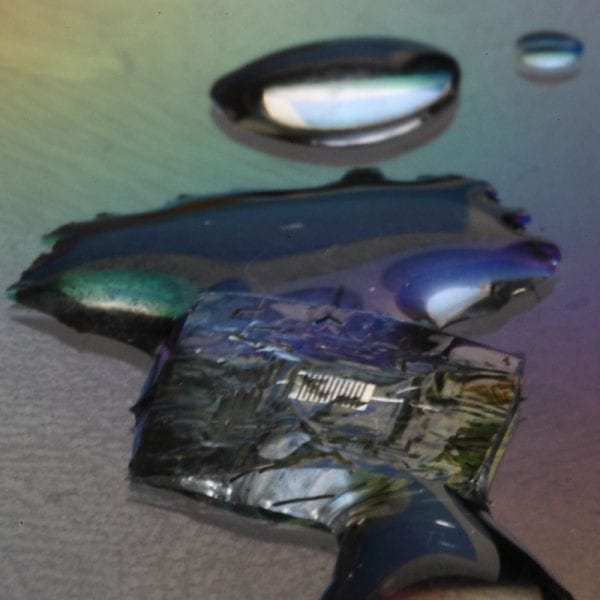
Project seeks to develop electronics that will melt on command – proposer’s day has been announced.
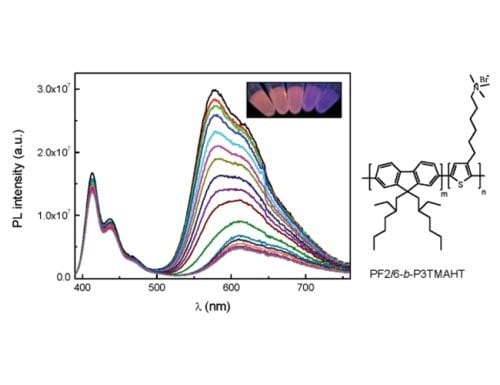
Researchers from Coimbra (Portugal), Wuppertal (Germany), and Santa Barbara (USA) present a cationic fluorene-thiophene diblock copolymer for ratiometric sensing of both halide ions and DNA.
Researchers have discovered a molecule that shows promise as an organic alternative to today’s silicon-based semiconductors.
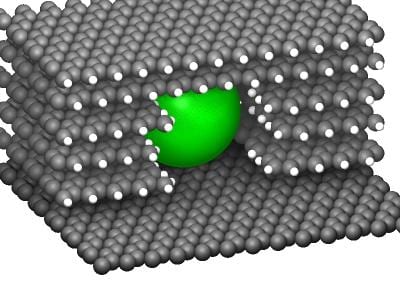
Tiny metal balls used to etch graphite tunnels with diameters of only one-thousandth that of a human hair.
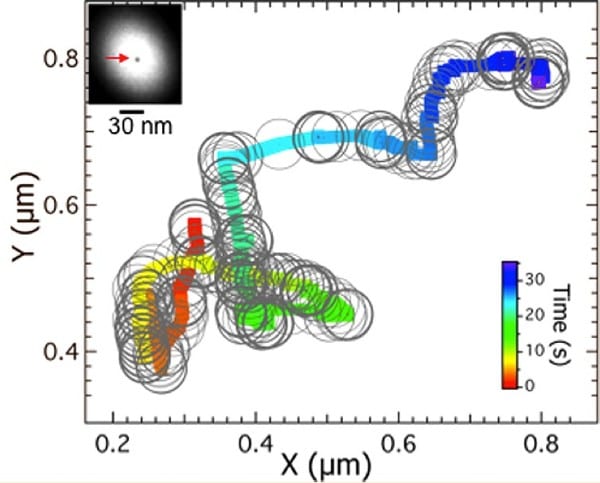
Researchers develop method for moving nanoparticles using an electron beam, in step towards complex nanomachinery.
Polymer film developed in Langer lab could be used in artificial muscle and to power micro- and nanoelectronic devices.
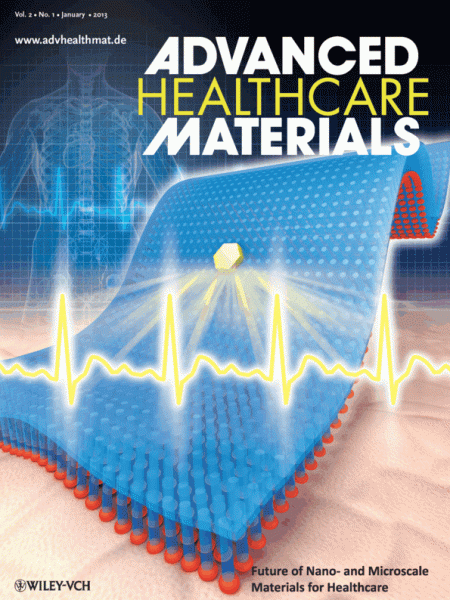
The future of nano and micromaterials for healthcare, described by Ali Khademhosseini and Nicholas Peppas as part of an Advanced Healthcare Materials special issue.